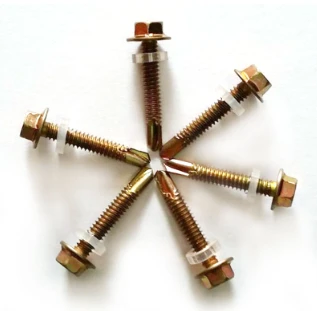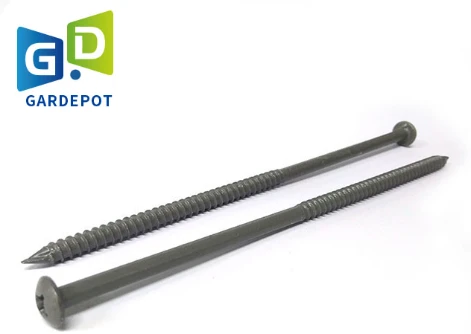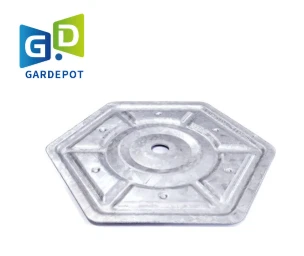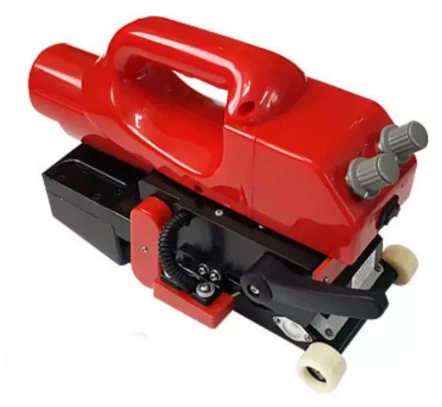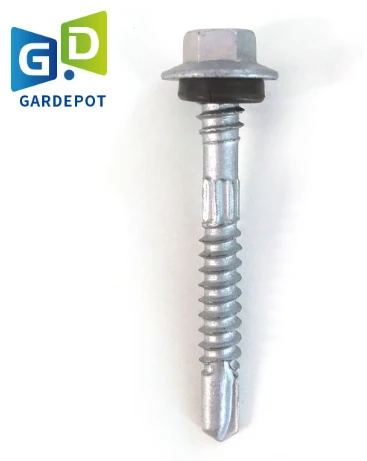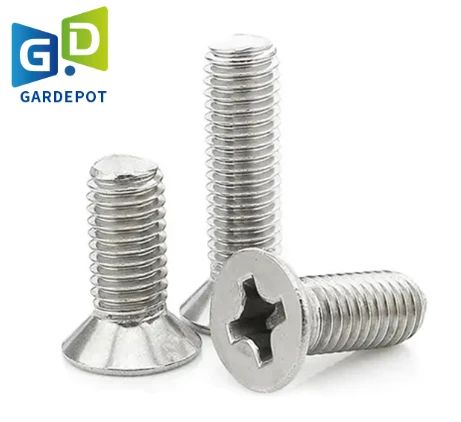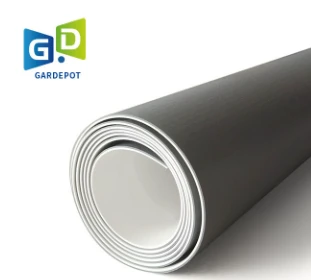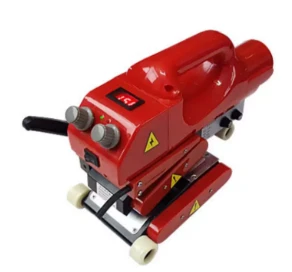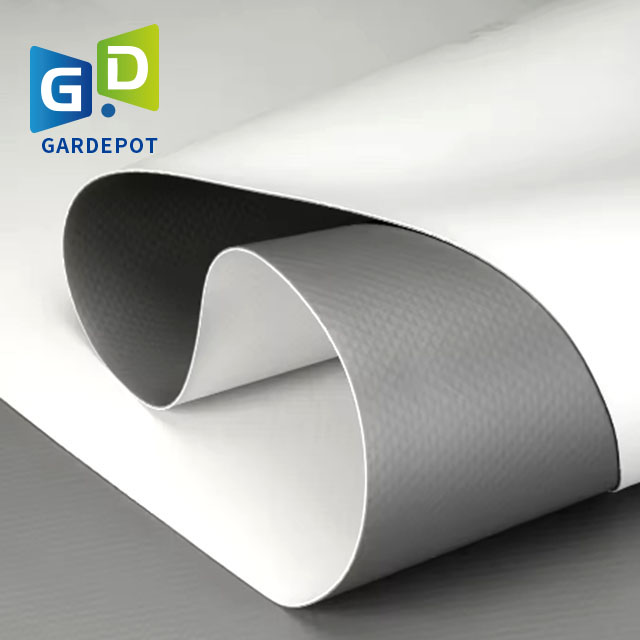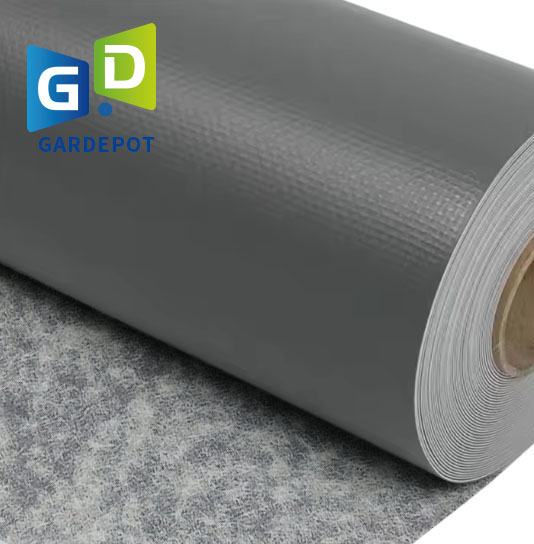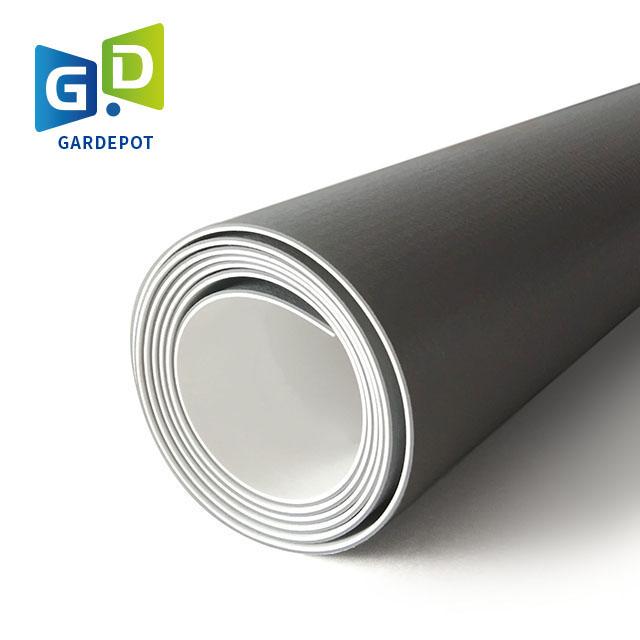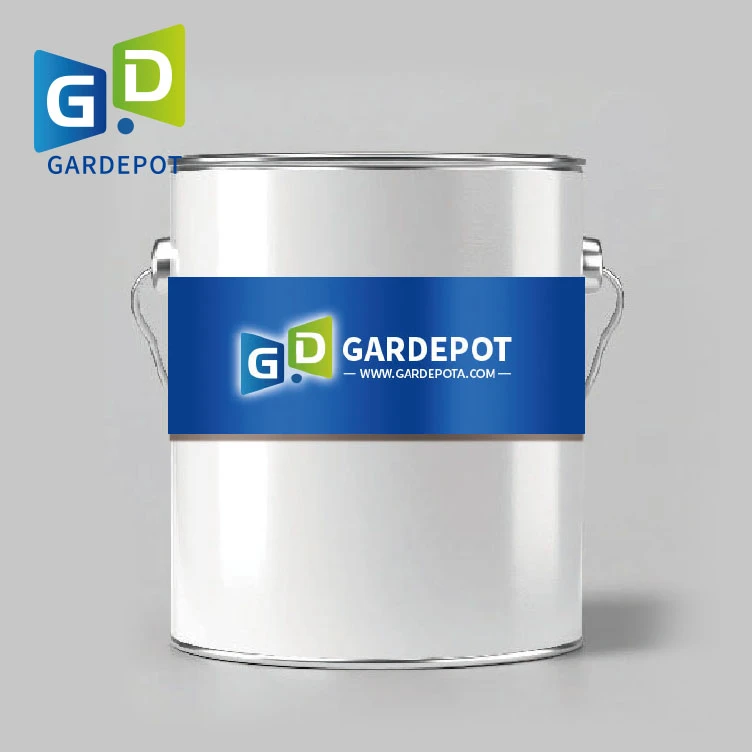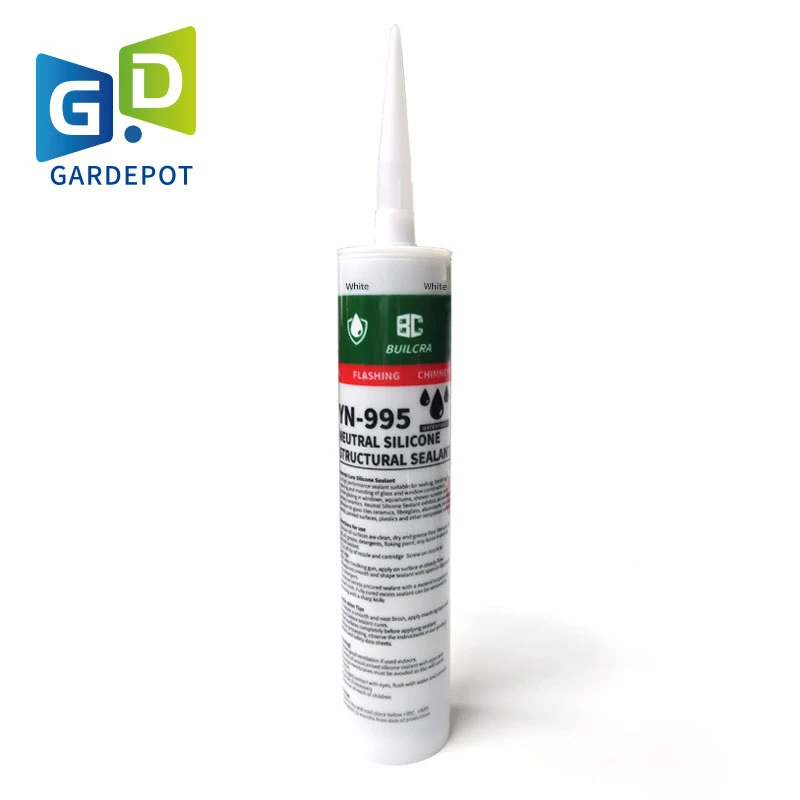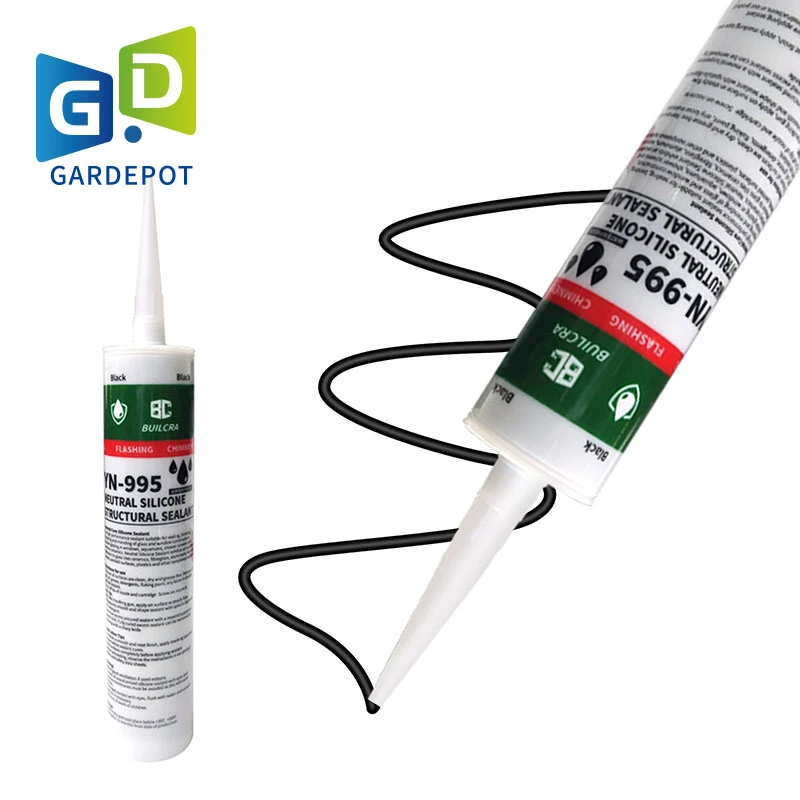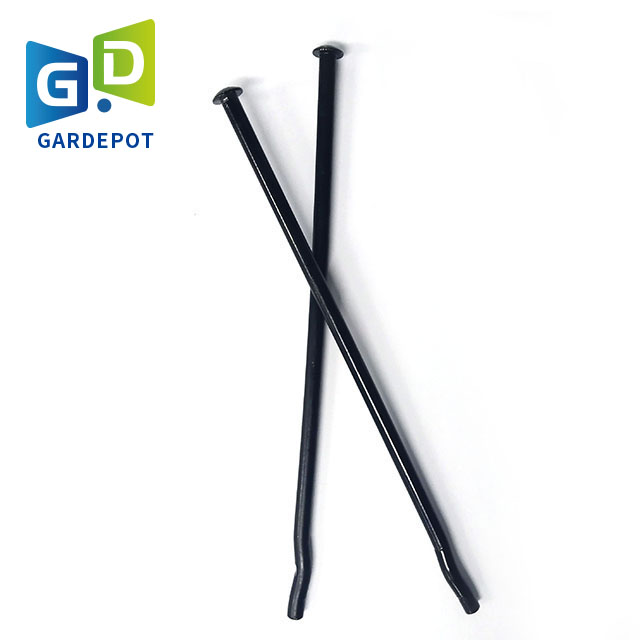Durable Waterproof Coating on Roof & Membrane Solutions
The Imperative of Robust Roof Waterproofing in Modern Infrastructure
In the dynamic landscape of modern construction and industrial maintenance, ensuring the longevity and structural integrity of buildings, particularly their roofs, is paramount. Exposure to harsh environmental elements, from incessant rainfall to intense UV radiation and extreme temperature fluctuations, necessitates advanced protective measures. Traditional roofing materials often fall short in providing the seamless, enduring protection required for critical assets and operations. This has propelled the demand for high-performance solutions, leading to the widespread adoption of specialized protective coatings. Among these, waterproof coating on roof applications stands out as a superior strategy for enhancing durability, mitigating energy costs, and preventing costly structural damage. The global market for roof coatings is projected to grow significantly, driven by an increasing focus on sustainable building practices, energy efficiency, and the need for resilient infrastructure in the face of climate change.
These advanced coatings are engineered to form an impermeable barrier that not only repels water but also offers resistance to chemical degradation, abrasions, and biological growth. Beyond simple water exclusion, a well-applied waterproof coating on roof contributes substantially to a building's thermal performance, reflecting sunlight and reducing heat absorption, which translates into tangible energy savings. The versatility of these coatings allows for application across a diverse range of substrates, including concrete, metal, and existing membranes, making them a preferred choice for both new constructions and critical refurbishment projects. Their seamless application eliminates the vulnerabilities inherent in sheet-applied systems, providing a monolithic protective layer that adapts to complex roof geometries and penetrations with ease, thereby offering unparalleled protection against moisture ingress.
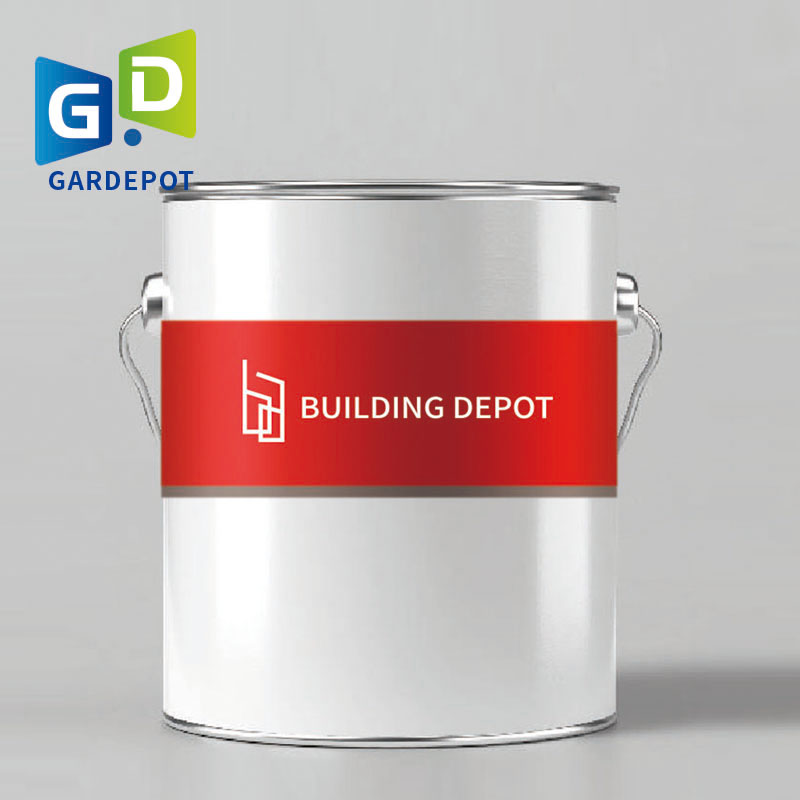
Technical Specifications and Performance Metrics of Advanced Waterproof Coatings
The efficacy of a waterproof coating on roof is defined by a rigorous set of technical specifications and performance metrics, which collectively ensure its long-term durability and protective capabilities. Key parameters include tensile strength, elongation at break, adhesion strength, cure time, and resistance to environmental factors such as UV radiation, chemicals, and extreme temperatures. For instance, high-performance coatings typically exhibit tensile strengths ranging from 1.5 MPa to 4.0 MPa, providing robust resistance against tearing and structural movement. Elongation, a critical factor for accommodating thermal expansion and contraction, often falls within a range of 200% to 600%, preventing cracking under dynamic stresses. Adhesion strength, measured in accordance with standards like ASTM D4541, ensures the coating remains firmly bonded to the substrate, preventing delamination, with desirable values often exceeding 1.0 MPa.
Furthermore, the solids content and Volatile Organic Compound (VOC) levels are crucial for both performance and environmental compliance. High solids content (typically >60%) indicates a thicker, more durable film per application, while low VOC formulations are increasingly preferred for their reduced environmental impact and improved applicator safety. Cure time, varying from a few hours to several days depending on the formulation and ambient conditions, dictates project timelines. Coatings designed for demanding industrial environments, such as those in petrochemical or metallurgy sectors, are also assessed for their chemical resistance (e.g., to acids, alkalis, hydrocarbons) and abrasion resistance. The table below provides a representative overview of critical parameters for typical high-performance waterproof coating on roof systems.
Typical Performance Parameters for High-Performance Roof Waterproof Coatings
| Parameter | Typical Range / Value | Test Standard (Examples) |
|---|---|---|
| Tensile Strength | 1.5 - 4.0 MPa | ASTM D412 |
| Elongation at Break | 200% - 600% | ASTM D412 |
| Adhesion Strength (Concrete) | > 1.0 MPa | ASTM D4541 |
| UV Resistance | Excellent, no significant degradation after 5000h | ASTM G154 |
| Service Temperature Range | -40°C to +80°C | Manufacturer Specific |
| Solid Content (by weight) | > 60% | ASTM D2369 |
| VOC Content | Low VOC (< 100 g/L) | ASTM D3960 |
| Expected Lifespan | 15 - 25+ years (system dependent) | Field Performance Data |
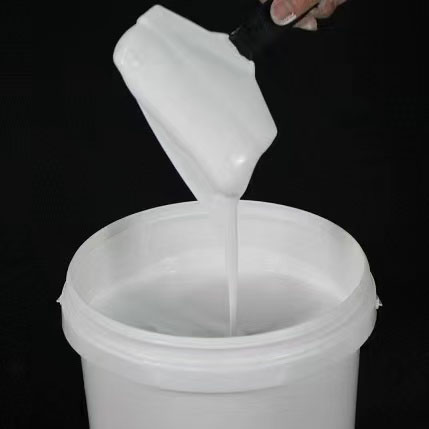
The Advanced Manufacturing and Quality Assurance of Waterproof Coatings
The production of a high-quality waterproof coating on roof is a sophisticated chemical engineering process, far removed from mechanical fabrication methods like casting or CNC machining. It begins with the meticulous selection of raw materials, primarily high-performance polymers such as acrylics, polyurethanes, silicones, or a combination thereof, chosen for their specific elastic, adhesive, and UV-resistant properties. These base polymers are then combined with a precise blend of additives, including pigments for color and UV reflectivity, fillers for body and strength, rheology modifiers for workability, biocides to prevent mold and algae growth, and volatile organic compounds (VOCs) control agents. Each ingredient is sourced from reputable suppliers and subjected to rigorous incoming quality control checks to ensure purity and consistency, adhering to international standards like ISO 9001 for quality management systems.
The manufacturing process typically involves several critical stages: initial pre-mixing of liquid components, dispersion and milling of solid pigments and fillers to achieve uniform particle size and distribution, and the main reaction or blending stage where primary polymers and catalysts are introduced under controlled temperature and pressure. This ensures a homogeneous mixture with desired chemical cross-linking properties, critical for the coating's ultimate durability and performance. Throughout these stages, inline quality control tests monitor parameters such as viscosity, pH, specific gravity, and solids content. Post-production, every batch undergoes comprehensive final quality assurance testing in a controlled laboratory environment. These tests include film thickness measurement, cure time evaluation, adhesion tests (e.g., cross-hatch, pull-off), flexibility and elongation tests, and accelerated weathering tests (e.g., QUV exposure) to simulate long-term environmental exposure. Compliance with industry-specific standards, such as ASTM (American Society for Testing and Materials) or ANSI (American National Standards Institute) for specific performance criteria, is strictly enforced to guarantee a product that meets or exceeds specified benchmarks. This stringent process ensures the coating delivers an expected service life of 15 to 25+ years, making it an ideal choice for diverse sectors including petrochemical, metallurgy, public infrastructure, and water supply and drainage systems, where its energy-saving and anti-corrosion properties are highly valued.
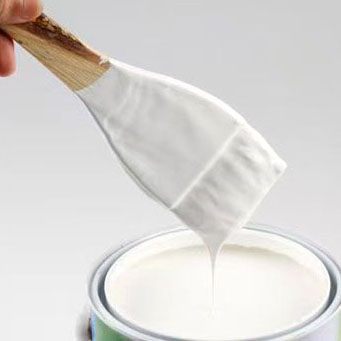
Versatile Application Scenarios and Distinct Technical Advantages
The adaptability and superior performance of waterproof coating on roof systems enable their application across a vast spectrum of industrial and commercial settings, addressing unique challenges posed by various roof types and environmental conditions. These coatings are ideally suited for flat roofs, low-slope roofs, and even complex roof geometries with numerous penetrations, where traditional sheet membranes often struggle to create a truly seamless seal. Typical application scenarios include large industrial facilities, warehouses, commercial buildings, institutional structures, and even residential complexes requiring robust, long-term protection. Whether it's a new construction project seeking an energy-efficient roofing solution or a critical refurbishment aiming to extend the life of an existing roof without costly tear-offs, these liquid-applied systems offer unparalleled flexibility. Their ability to encapsulate existing substrates, including concrete, metal, modified bitumen, and single-ply membranes (TPO, PVC, EPDM), without extensive demolition, significantly reduces project timelines and waste.
Technically, the advantages of a high-performance waterproof coating on roof are numerous and impactful. Unlike pre-fabricated `waterproof membrane for roof` systems that rely on seams for installation, liquid coatings form a monolithic, fully adhered, and seamless barrier that eliminates potential points of failure, vastly reducing the risk of water ingress. This seamlessness is particularly critical around flashings, pipe penetrations, and HVAC units, areas notoriously prone to leaks with traditional methods. Furthermore, many advanced formulations boast high solar reflectivity (e.g., Solar Reflectance Index (SRI) values exceeding 80), significantly reducing roof surface temperatures and, consequently, internal cooling loads, leading to substantial energy savings. Their exceptional elasticity allows them to bridge hairline cracks and accommodate structural movement caused by thermal expansion and contraction without compromising integrity. The inherent UV resistance of these coatings ensures long-term color stability and performance, preventing chalking and degradation that can affect less resilient materials. This combination of seamless protection, energy efficiency, and durable performance positions advanced roof coatings as a leading choice for proactive asset protection and sustainable building practices.

Evolving Beyond Traditional Membranes: The Rise of High Polymer Waterproof Coatings
The landscape of roof waterproofing has significantly evolved, moving beyond conventional sheet-applied systems towards sophisticated liquid-applied solutions, particularly `high polymer waterproof membrane for roof` formulations. While traditional `waterproof membrane for roof` options like modified bitumen or EPDM have served their purpose, they often present limitations related to seam integrity, installation complexity, and adaptability to irregular roof structures. These sheet membranes, regardless of their base material, inherently rely on heat welding or adhesive bonding at seams, which remain potential weak points susceptible to thermal expansion cycles, mechanical stress, and installer error over time. Furthermore, their installation can be labor-intensive and generate significant waste.
In contrast, modern high polymer `waterproof coating on roof` systems offer a revolutionary approach. These coatings, often based on advanced acrylics, polyurethanes, or silicone technologies, cure to form a truly seamless, monolithic "membrane" directly on the roof surface. This eliminates all seams, which are typically the primary points of failure in traditional membrane systems, providing a superior, continuous waterproof barrier. Beyond seamlessness, these coatings boast exceptional elasticity and flexibility, allowing them to stretch and contract with the building’s movement and thermal cycles, preventing cracking and delamination. Their superior adhesion properties ensure a strong bond to a wide range of substrates, enhancing the system's overall integrity. While the initial `waterproof membrane for roof price` might appear comparable or slightly higher for advanced coatings, their extended lifespan, reduced maintenance requirements, and energy-saving benefits often result in a significantly lower total cost of ownership over the building's lifecycle, making them a more economically sound investment for discerning B2B stakeholders prioritizing long-term value and performance.
Tailored Solutions and Proven Success: Customer Experience and Case Studies
Recognizing that every roof presents a unique set of challenges and requirements, Gardepota specializes in developing customized waterproof coating on roof solutions that are precisely engineered to meet specific project demands. Our approach begins with a comprehensive site assessment, considering factors such as substrate type, existing roof condition, climate, anticipated foot traffic, and specific performance objectives (e.g., enhanced thermal performance, chemical resistance, or aesthetic requirements). This detailed analysis informs the selection of the optimal polymer chemistry, application thickness, and reinforcement strategies, ensuring a tailored system that maximizes longevity and efficacy. Our extensive service history, spanning over two decades, is a testament to our profound expertise in deploying these advanced solutions across a myriad of complex industrial and commercial environments.
A notable case in point involved a large-scale industrial complex in a region characterized by extreme temperature fluctuations and heavy rainfall. The existing aged bituminous roof was plagued by widespread cracking and persistent leaks, jeopardizing valuable equipment and disrupting operations. After a thorough assessment, our team recommended a multi-layered high-polymer waterproof coating on roof system, specifically formulated for high elasticity and superior UV stability. The solution involved extensive surface preparation, application of a specialized primer for enhanced adhesion, followed by multiple coats of our proprietary liquid membrane, reinforced at critical junctions. Post-application, the roof achieved complete watertight integrity, evidenced by zero leakage reports over several consecutive rainy seasons. Furthermore, the reflective properties of the new coating significantly reduced the building's internal temperature, leading to an estimated 15% reduction in cooling energy consumption. This project not only resolved critical operational issues but also delivered substantial long-term savings and enhanced sustainability, demonstrating our commitment to delivering tangible value through expert engineering and high-performance products.
Commitment to Excellence: Certifications, Support, and Trustworthiness
At Gardepota, our unwavering commitment to quality and reliability is the cornerstone of our operations, reflected in every aspect of our advanced waterproof coating on roof solutions. Our manufacturing processes and quality management systems are rigorously certified under ISO 9001, ensuring consistent product excellence from raw material procurement to final packaging. Furthermore, our products undergo extensive third-party testing to comply with various international standards, including ASTM International and relevant industry-specific certifications, validating their performance in areas such as weatherability, tensile strength, and adhesion. Our robust R&D capabilities continually drive innovation, leading to the development of next-generation coatings that address evolving industry needs and environmental regulations. These accreditations, coupled with our partnerships with leading material science institutions, underscore our authoritative position within the protective coatings sector.
Frequently Asked Questions (FAQ)
Q1: How long does a Gardepota Waterproof Coating typically last?
A1: Our high-performance coatings are engineered for exceptional durability, with an expected service life ranging from 15 to 25+ years, depending on the specific product formulation, application conditions, and maintenance schedule. This extended lifespan significantly reduces the need for frequent re-applications.
Q2: Can your coatings be applied over existing roof membranes?
A2: Yes, a significant advantage of our liquid-applied coatings is their versatility. They can be successfully applied over a wide range of existing substrates, including concrete, metal, modified bitumen, EPDM, TPO, and PVC, often without the need for a costly and disruptive tear-off. Proper surface preparation and priming are crucial for optimal adhesion.
Q3: What is the typical delivery timeframe for your products?
A3: We maintain efficient logistics and supply chain management. Standard orders are typically processed and dispatched within 5-7 business days, with specific delivery times varying based on order volume and destination. Expedited shipping options are available upon request for urgent projects.
Q4: What kind of warranty do you offer on your Waterproof Coatings?
A4: Gardepota offers comprehensive product warranties, typically ranging from 10 to 20 years, depending on the specific coating system and application. These warranties cover material performance and are a testament to our confidence in our product quality. Detailed warranty terms are provided with each purchase.
Q5: Do you provide technical support and application guidance?
A5: Absolutely. Our dedicated technical support team comprises experienced engineers and product specialists who provide extensive guidance from project planning and product selection to on-site application advice. We offer detailed technical data sheets, application guides, and can conduct training sessions to ensure successful project outcomes.
References and Further Reading
- ASTM International. (2023). Annual Book of ASTM Standards, Volume 04.04: Roofing and Waterproofing. West Conshohocken, PA: ASTM International.
- National Research Council. (2007). Energy Efficiency and Twenty-First Century Materials: A Systems Approach. Washington, DC: The National Academies Press.
- U.S. Department of Energy. (2010). Cool Roofs: A Guide for Specifiers and Building Owners. Lawrence Berkeley National Laboratory.
- Roof Coatings Manufacturers Association (RCMA). (2022). Roof Coating Performance Standards and Industry Guidelines.

